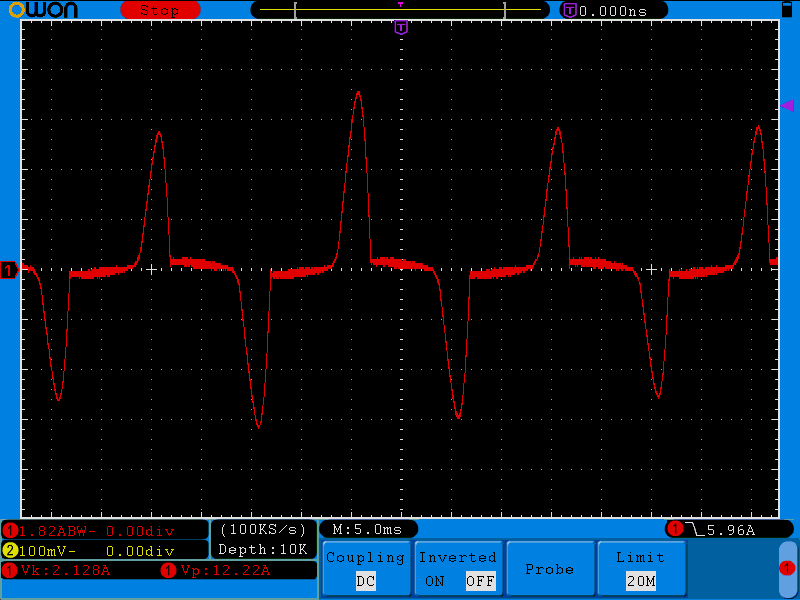Hello all,
I have been reading, studying, learning and pulling my hair out for about a week now and am finally at the point where I am totally confused and need to ask for some guidance. Firstly, I’m an electronics tech of over 40 years so the hardware is no problem for me, I have been working with Arduino boards for about 5 years, mainly using others code and modifying to suit my needs so I have basic understanding of code and libraries but I still have SO MUCH to learn, which is why I keep challenging myself with these projects.
Project overview:
I live in the country and we have frequent power outages, I have 6KW Onan backup genny, old, but reliable. I want to be able to monitor oil pressure, cylinder temp (it’s air cooled) and current of both phases of the 230VAC output so I can balance the loads. (I’m in Canada, 60Hz) I have the temp and pressure working just fine, my problem is measuring the 2 phases of current. Ideally I would like to use the NodeMCU ESP8266 as I have all code written for wifi connectivity for it, and the temp and pressure code, as well as terminal screw breakout boards. From what I have read, although the ADS1115 is slow, it will give reasonable accuracy for current measurement. I’m not concerned with absolute accuracy down to .1A but would like to know what the current loads are on each phase, I don’t need to know power out, if I can incorporate it in the same project however, I will.
I am using the SCT013-000 and burden R of 18R for the 3.3V of the ESP8266 and have it connected in the recommended fashion with equal divider Rs and 10uF cap. Where I am getting fouled up is figuring out how to read and output values from the ADS1115 4 different pins to the serial monitor and ultimately Thingspeak. I would like to use the single ended measurement as I only need 3 analog pins (temp uses MAX6675) I am also having a hard time figuring out the code that works with EmonLib, ADS1115 and the ESP8266. I have tried various sketches from people here and on Github who have apparently made this work but just for a single phase.
I’m not going to post any code here (yet) as I don’t have anything really working properly yet.
After that long dissertation, hope it’s not too much detail, I really just need to get back on track and figure out how to read the 2 current phases.
Thank you all, I look forward to getting over this hump and finishing the project, then I can split and stack firewood and all the 2,324 things I need to do before winter.
kind regards,
Paul
PS if I can move the analog pressure sensor from A0 to the ADS I’d like to do so.


